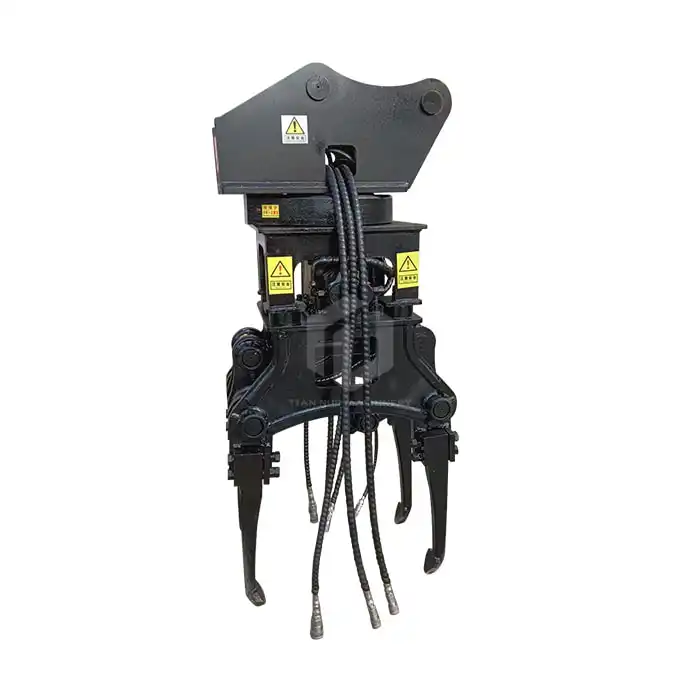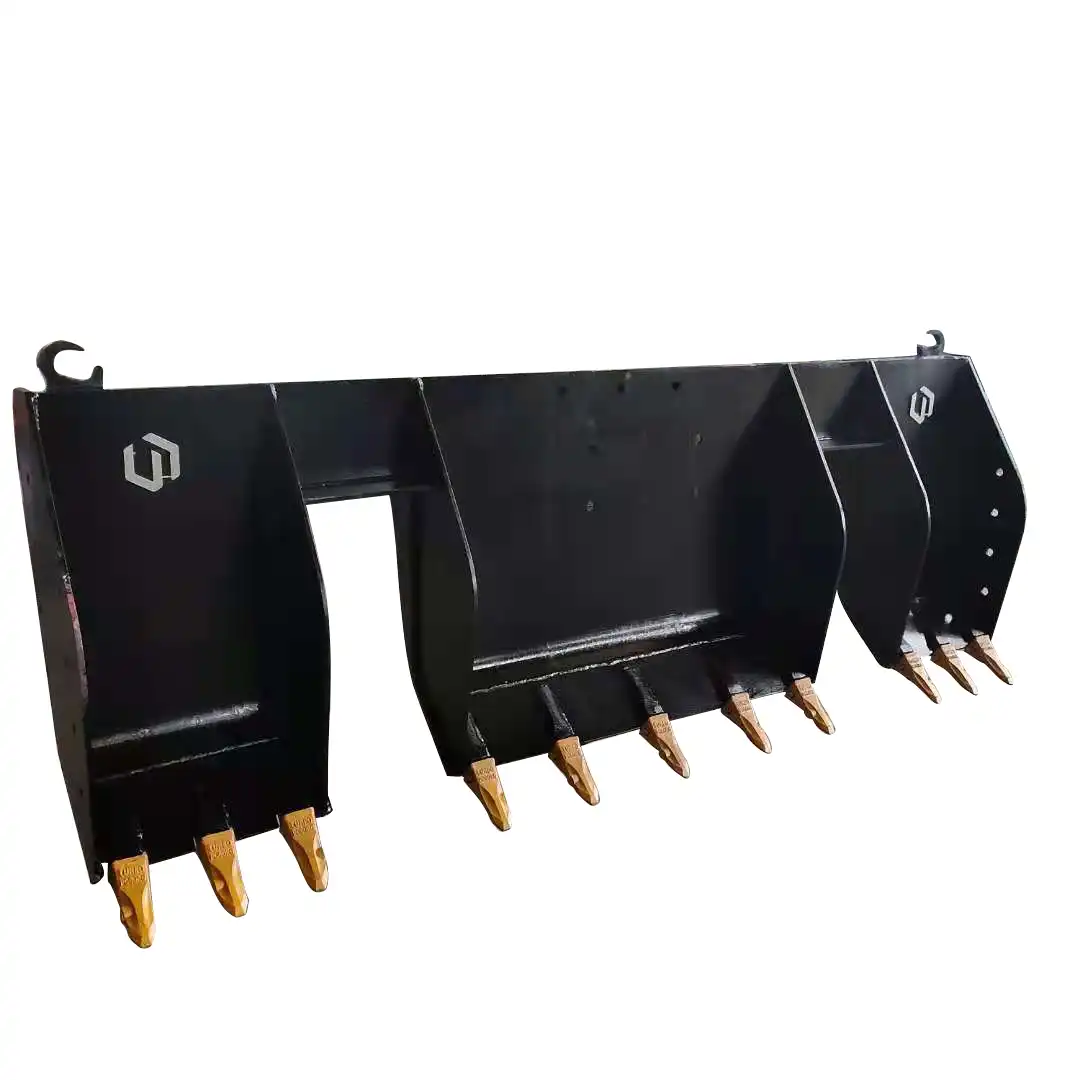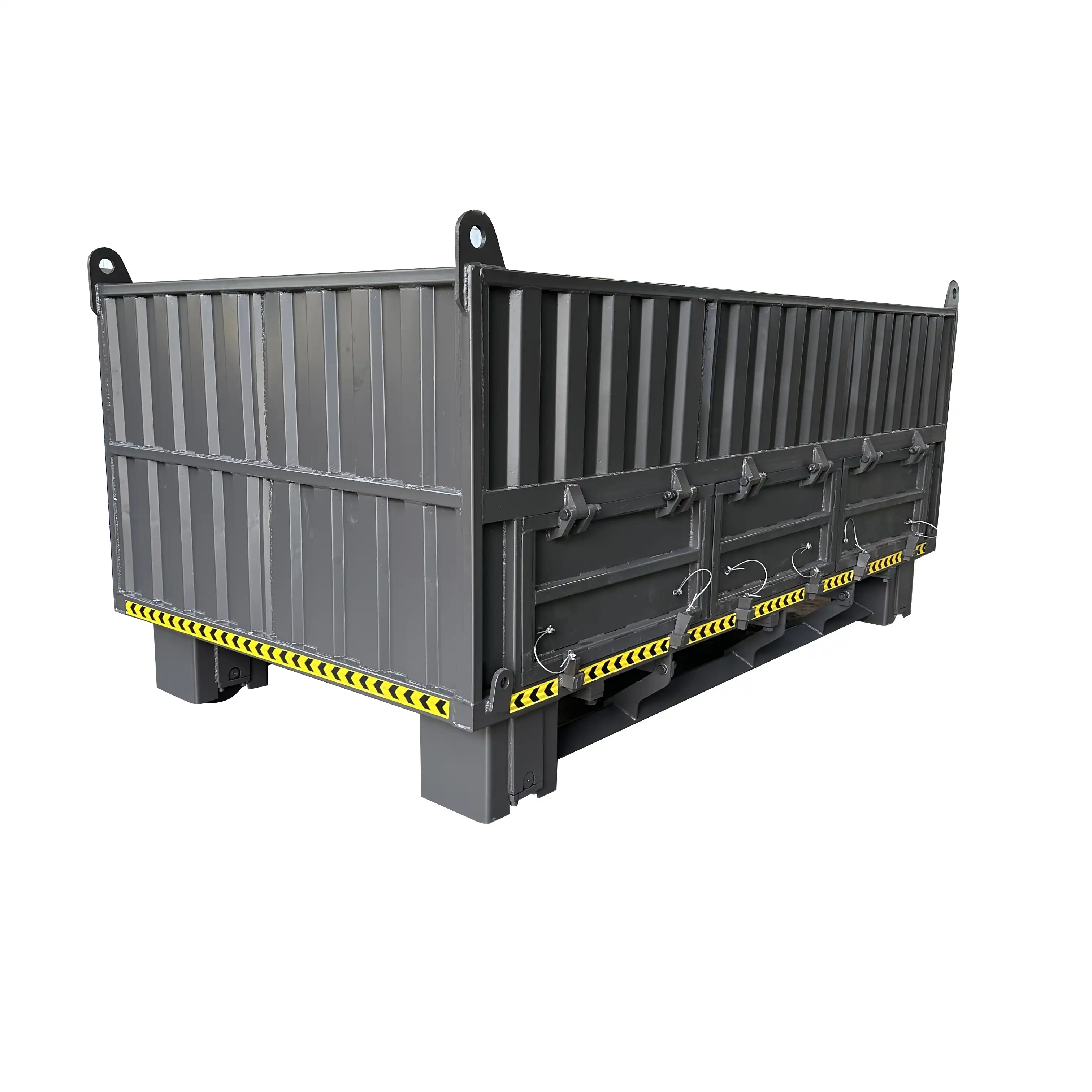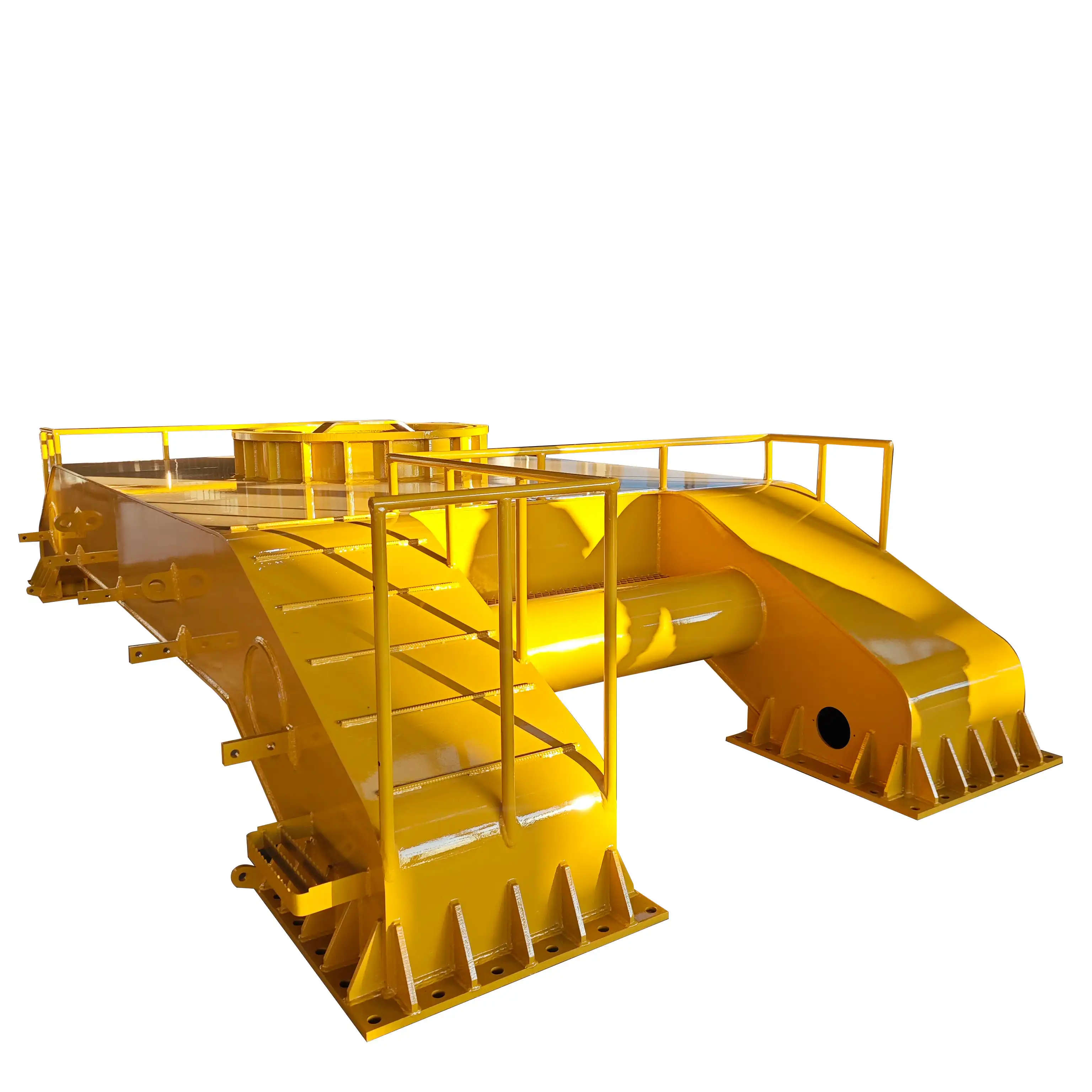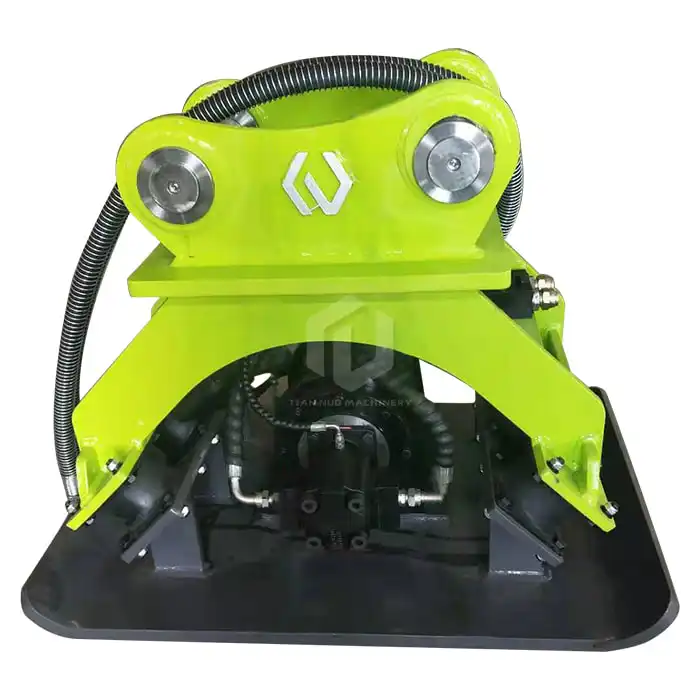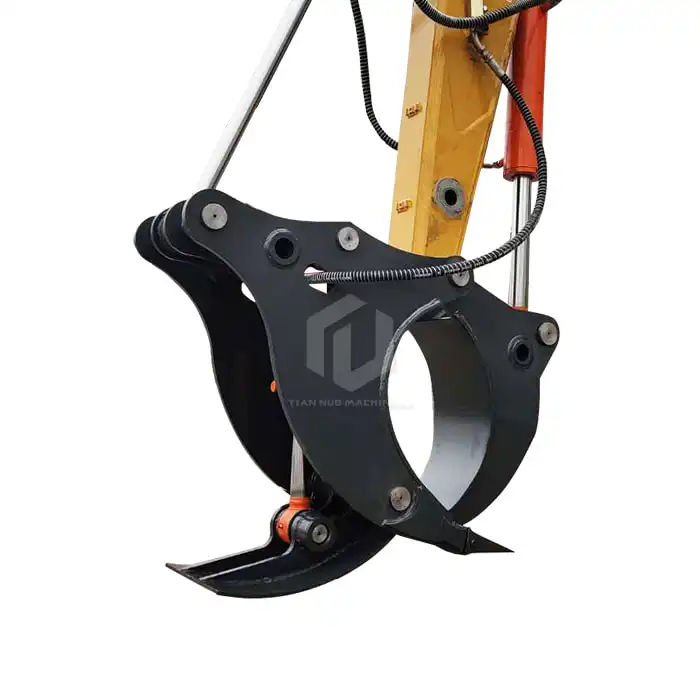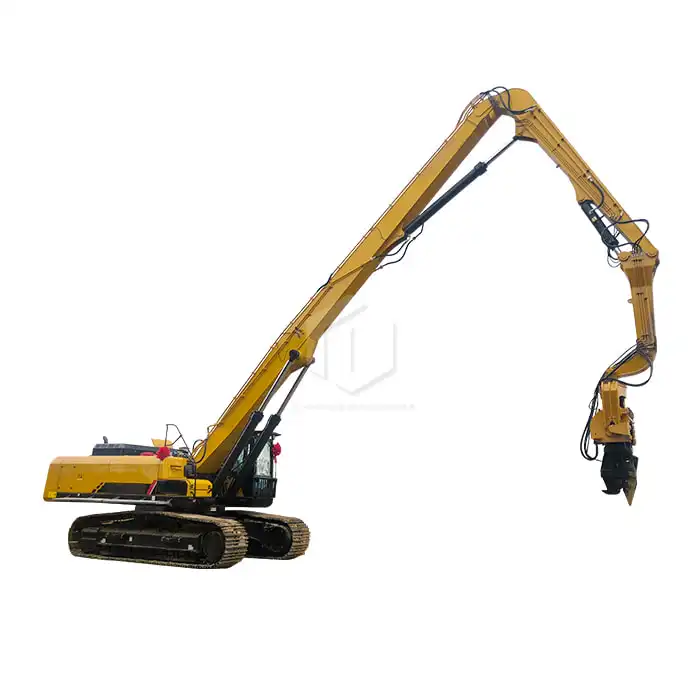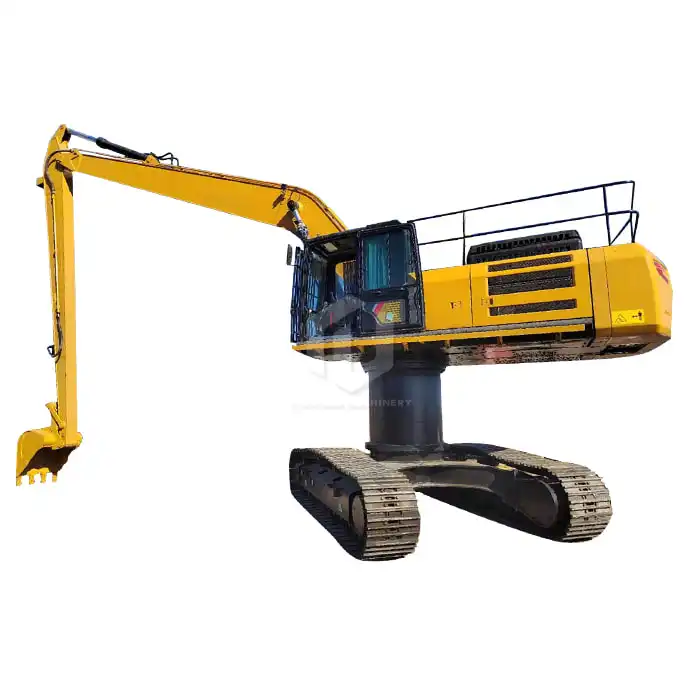How does ballast plow work?
Railway maintenance is a critical aspect of ensuring safe and efficient train operations. One essential tool in this process is the ballast plow, a device that plays a crucial role in maintaining the integrity of railway tracks. In this comprehensive guide, we'll explore the inner workings of a ballast plow, its basic structure and components, and how it contributes to the overall health of railway systems.

Basic Structure and Components of a Ballast Plow
A ballast plow is a specialized piece of railway maintenance equipment designed to redistribute and shape the ballast, which is the crushed stone or gravel that forms the bed of a railway track. The primary purpose of ballast is to support the track, distribute the load, and provide drainage. Over time, this ballast can become unevenly distributed or contaminated, necessitating the use of a ballast plow.
Basic Structure:
- Plow Blade: This is the main working component of the ballast plow. It's a sturdy, angled blade that cuts through and moves the ballast.
- Frame: The sturdy framework that supports the plow blade and other components.
- Attachment Mechanism: This allows the plow to be attached to a railway maintenance vehicle or locomotive.
- Hydraulic System: Many modern ballast plows use hydraulics to control the blade's position and angle.
- Control System: This allows operators to adjust the plow's settings and monitor its performance.
The design of a ballast plow can vary depending on the specific needs of the railway system and the type of maintenance work being performed. Some plows are designed for heavy-duty reshaping of the ballast profile, while others are more suited for lighter maintenance tasks.
Working Principle of a Ballast Plow
The working principle of a ballast plow is relatively straightforward but highly effective. As the plow moves along the track, its blade cuts into the ballast, pushing it to the sides or center of the track as needed. This process helps to redistribute the ballast evenly, ensuring proper support for the track and ties.
Here's a step-by-step breakdown of how a ballast plow operates:
- Positioning: The ballast plow is attached to a maintenance vehicle and positioned on the track that requires maintenance.
- Blade Adjustment: The operator adjusts the angle and depth of the plow blade based on the specific maintenance needs.
- Forward Motion: As the maintenance vehicle moves forward, the plow blade cuts into the ballast.
- Ballast Redistribution: The angled blade pushes the ballast to the sides or center of the track, depending on its configuration.
- Profile Shaping: As the plow continues to move, it shapes the ballast profile to the desired contour.
- Continuous Adjustment: The operator may make ongoing adjustments to the plow's settings to achieve the optimal ballast distribution.
This process can be repeated multiple times along the same section of track to achieve the desired ballast profile. The efficiency of a ballast plow allows for rapid maintenance of long stretches of track, contributing significantly to the overall efficiency of railway maintenance operations.
Removal and Redistribution of Ballast
One of the key functions of a ballast plow is the removal and redistribution of ballast. Over time, railway ballast can become compacted, contaminated with fine particles, or unevenly distributed due to the constant stress of passing trains and environmental factors. This can lead to poor track stability, inadequate drainage, and increased wear on railway components.
The ballast plow addresses these issues through several mechanisms:
- Loosening Compacted Ballast: The plow blade cuts into compacted ballast, breaking it up and allowing for better drainage and load distribution.
- Removing Excess Ballast: In areas where ballast has accumulated excessively, the plow can push it away from the track center, maintaining the correct track profile.
- Filling Underballasted Areas: Conversely, the plow can push ballast into areas that have become depleted, ensuring consistent support along the entire track length.
- Shoulder Cleaning: Some ballast plows are designed to clean the track shoulders, pushing contaminated ballast away from the track and allowing for the introduction of fresh ballast.
- Profile Shaping: The plow can shape the ballast to the correct profile, ensuring proper support for the ties and rails.
The redistribution of ballast is crucial for maintaining proper track geometry. A well-maintained ballast bed helps to distribute the load of passing trains evenly, reduce track settlement, and improve drainage. This, in turn, leads to smoother train operations, reduced wear on rolling stock, and lower maintenance costs in the long run.
It's worth noting that while ballast plows are highly effective for routine maintenance, they are often used in conjunction with other maintenance equipment for comprehensive track rehabilitation. For instance, ballast cleaners might be used to remove contaminated ballast before a plow redistributes fresh ballast.
Ballast Plow Supplier
The ballast plow is an indispensable tool in railway maintenance, playing a crucial role in ensuring the safety, efficiency, and longevity of railway tracks. By understanding its structure, working principles, and the importance of proper ballast distribution, railway maintenance teams can optimize their use of this valuable equipment.
Tiannuo Machinery's ballast plow is an excellent example of this essential equipment. Suitable for machines weighing between 5 tons to 10 tons, it's designed for a standard track gauge of 1435 mm. With a width of 2800 mm, a height of 460 mm, and an inclination angle of 8°, it's engineered for optimal performance. For best results, it is typically used in conjunction with sleeper clamps to achieve superior maintenance outcomes.
If you're in the market for a reliable ballast plow manufacturer, we invite you to reach out to Tiannuo Machinery. Our team of experts is ready to assist you with any questions or inquiries. Contact our manager at arm@stnd-machinery.com, or get in touch with our team members at rich@stnd-machinery.com and tn@stnd-machinery.com. Let us help you maintain your railway tracks with precision and efficiency.
References:
- Lichtberger, B. (2005). Track Compendium: Formation, Permanent Way, Maintenance, Economics. Eurailpress.
- Esveld, C. (2001). Modern Railway Track. MRT-Productions.
- Profillidis, V. A. (2006). Railway Management and Engineering. Ashgate Publishing, Ltd.

